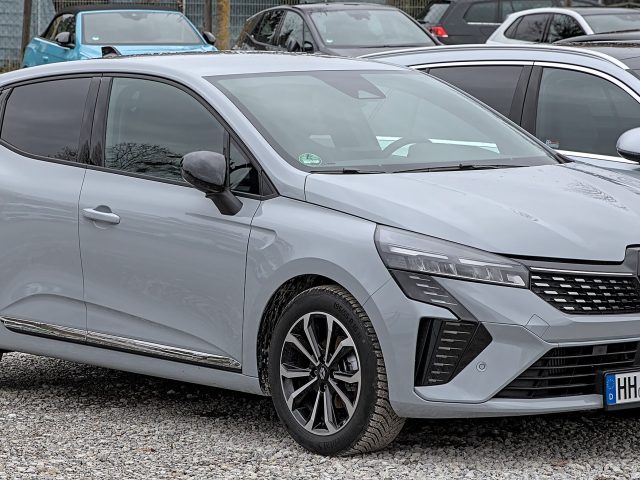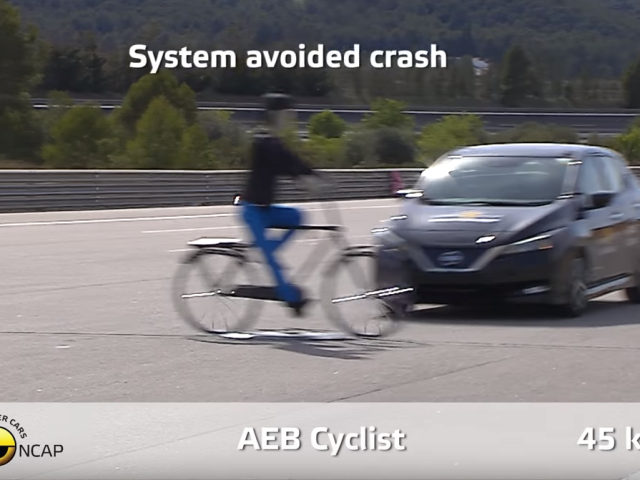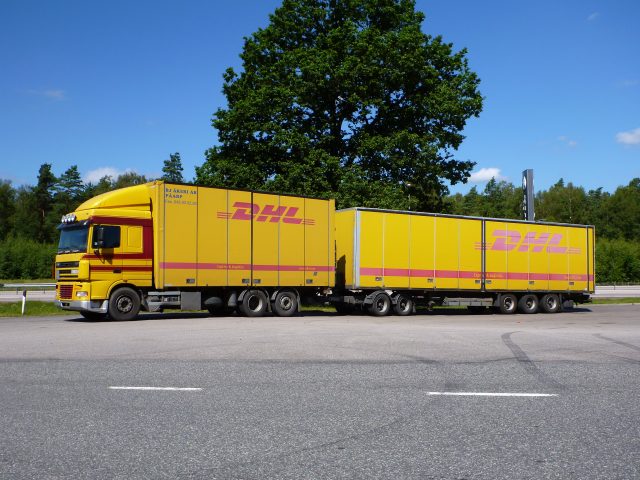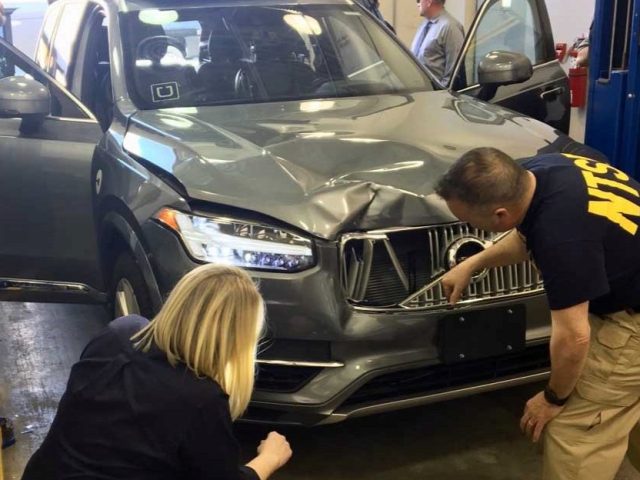ETSC welcomes higher standards for automated emergency braking systems on HGVs
Automated emergency braking systems on HGVs and buses will have to work better in the future thanks to tougher new standards agreed at the UNECE in Geneva which will apply in the EU from 2025 on new types of vehicle.
The revision was prompted by collision investigations in Germany involving new lorries which found that the AEB system had been switched off by the driver. Lorry drivers apparently regularly switch off AEB systems in order to enable them to drive closer to the vehicle in front.
The new regulations will only allow the system to be switched off for 15 minutes, and will automatically reengage after 15 minutes.
A warning phase of 1.4s was mandatory under the previous rules. The new rules will also allow systems to brake even if the driver has not been alerted beforehand, thus gaining precious time to avoid a collision.
The new standards will also enable lorries to make an emergency stop when travelling towards a stationary vehicle. This reflects improvements in technology as earlier systems only worked with moving ‘targets’ ahead of the vehicle. Lorries will also have to be able to detect a single pedestrian crossing in front of the vehicle, though not cyclists or groups of pedestrians. Manufacturers claimed that systems detecting cyclists are not yet available for lorries.
Graziella Jost, ETSC’s representatives on the UNECE working group that agreed the new standards said:
“These new standards are a step forward and will help reduce the number of catastrophic crashes involving the largest and heaviest vehicles on our roads. However, we will still have to wait three long years before new types of trucks will have to be equipped with this new generation of AEB, and five years until all new trucks get the technology.”
AEB systems on lorries and buses were first required in the EU from 2013. They will be required on new models of car and van from July this year.







